Home>Home Appliances>Kitchen Appliances>How To Dry Figs In A Dehydrator


Kitchen Appliances
How To Dry Figs In A Dehydrator
Modified: January 8, 2024
Learn how to perfectly dry figs in a dehydrator with our step-by-step guide. Discover the best techniques for preserving figs at home using kitchen appliances.
(Many of the links in this article redirect to a specific reviewed product. Your purchase of these products through affiliate links helps to generate commission for Storables.com, at no extra cost. Learn more)
Introduction
Welcome to the delightful world of dried figs! Drying figs is a wonderful way to preserve their natural sweetness and enjoy them throughout the year. Whether you're an avid home cook, a health-conscious individual, or simply a fan of this delectable fruit, learning how to dry figs in a dehydrator is an immensely rewarding experience.
Dried figs are not only a delicious snack but also a versatile ingredient that can elevate a wide range of recipes, from baked goods to savory dishes. By harnessing the power of a dehydrator, you can effortlessly transform fresh figs into tender, chewy morsels of concentrated flavor, perfect for snacking, cooking, and gifting.
In this comprehensive guide, we'll explore the art of drying figs in a dehydrator, covering everything from selecting the finest figs to the proper techniques for drying and storing them. Whether you're a seasoned dehydrating enthusiast or a newcomer to the world of preserving fruits, this article will equip you with the knowledge and confidence to embark on your fig-drying journey.
So, gather your fresh figs, prepare your dehydrator, and let's dive into the delightful process of transforming luscious figs into delectable, shelf-stable treats. Get ready to savor the essence of figs in their most concentrated form as we embark on this flavorful adventure together.
Key Takeaways:
- Drying figs in a dehydrator preserves their sweetness and flavor, making them perfect for snacking, baking, and cooking. Select ripe figs, prepare them properly, and use a dehydrator for best results.
- Store dried figs in airtight containers in a cool, dry place to maintain their quality. Consider refrigerating or freezing for extended storage, and enjoy their natural sweetness in various culinary creations.
Read more: How To Store Dried Figs
Selecting the Right Figs
When it comes to drying figs, selecting the right variety of fresh figs is crucial for achieving the best results. Figs come in a diverse array of cultivars, each with its own unique flavor profile and texture. Here are some key considerations to keep in mind when choosing figs for drying:
- Freshness: Opt for fresh, ripe figs that are free from blemishes and feel slightly soft to the touch. Look for figs that are plump and tender, indicating optimal ripeness.
- Variety: Different fig varieties offer distinct flavors and textures. Common types of figs suitable for drying include Black Mission, Brown Turkey, Kadota, and Calimyrna. Each variety brings its own nuances to the table, so feel free to experiment with different types to discover your favorite.
- Size: While size doesn’t necessarily dictate quality, larger figs often yield more substantial dried pieces. However, smaller figs can be equally flavorful and are well-suited for snacking and culinary applications.
- Aroma: A fragrant, sweet aroma is a good indicator of a fig’s ripeness and flavor potential. When selecting figs, take a moment to inhale their delightful scent to gauge their aromatic richness.
Whether you’re sourcing figs from your local market, grocery store, or home garden, prioritize quality and freshness to ensure a superior end product. By choosing the finest figs available, you’ll set the stage for a delightful drying experience that yields irresistibly sweet and flavorful results.
Preparing the Figs for Drying
Before diving into the drying process, it’s essential to properly prepare the figs to ensure optimal results. Follow these simple steps to get your figs ready for the dehydrator:
- Wash and Pat Dry: Start by gently rinsing the figs under cool water to remove any dirt or debris. Once clean, carefully pat them dry with a clean kitchen towel to remove excess moisture.
- Remove Stems: Using a sharp knife or kitchen shears, trim off the stems from each fig. This step helps promote even drying and enhances the visual appeal of the finished product.
- Slice or Halve: Depending on your preference, you can choose to slice the figs into thin rounds or halve them lengthwise. Slicing the figs exposes more surface area to the airflow in the dehydrator, expediting the drying process.
- Optional Pre-Treatment: While figs naturally contain a high concentration of natural sugars, some individuals prefer to dip the fig slices in a solution of lemon juice and water to help prevent browning. This step is purely optional and can help maintain the figs’ vibrant color.
By taking the time to properly clean, trim, and slice the figs, you’ll set the stage for a seamless drying process and ensure that the figs dry uniformly, resulting in a consistent texture and flavor. With your figs expertly prepped, it’s time to harness the power of the dehydrator to transform them into delightful, shelf-stable treats.
To dry figs in a dehydrator, make sure to slice them evenly to ensure even drying. Arrange the slices in a single layer on the dehydrator trays and set the temperature to 135°F. Check the figs periodically and rotate the trays for even drying.
Using a Dehydrator to Dry Figs
Dehydrators offer a convenient and efficient way to dry figs, preserving their natural sweetness and flavor while extending their shelf life. Follow these simple steps to harness the power of your dehydrator:
- Preheat the Dehydrator: Begin by preheating your dehydrator to the recommended temperature for drying fruits, typically around 135°F (57°C). This initial warming period ensures that the figs begin to dry promptly once placed in the dehydrator.
- Arrange the Figs: Lay the prepared fig slices or halves in a single layer on the dehydrator trays, ensuring that there is ample space between each piece. This allows for proper airflow, facilitating even drying.
- Monitor the Drying Process: Place the loaded trays in the dehydrator and set the timer according to the manufacturer’s guidelines. Throughout the drying process, periodically check the figs for dryness, rotating the trays as needed to promote uniform drying.
- Check for Doneness: The figs are ready when they are pliable and slightly tacky to the touch but no longer moist. Depending on the dehydrator’s efficiency and the figs’ moisture content, drying times can vary, typically ranging from 8 to 24 hours.
- Cool and Condition: Once the figs reach the desired level of dryness, remove them from the dehydrator and allow them to cool completely at room temperature. Conditioning the dried figs in airtight containers for a few days helps distribute any remaining moisture evenly among the pieces.
By following these steps, you’ll unlock the full potential of your dehydrator, transforming fresh figs into tender, chewy delights that can be enjoyed as a wholesome snack or incorporated into an array of culinary creations. With the figs expertly dried, the next step is to ensure their long-term storage to preserve their quality and flavor.
Storing Dried Figs
Proper storage is key to maintaining the quality and flavor of your meticulously dried figs. Follow these guidelines to ensure that your dried figs remain fresh and delicious for an extended period:
- Cool, Dry Storage: Transfer the completely cooled and conditioned dried figs to airtight containers, such as glass jars or resealable bags. Store the containers in a cool, dry pantry or cupboard away from direct sunlight and moisture.
- Absorb Moisture: For added protection against moisture, consider placing a small food-safe desiccant packet or a piece of parchment paper in the storage containers to help absorb any residual moisture and maintain the figs’ texture.
- Label and Date: To keep track of the figs’ freshness, label the storage containers with the contents and date of drying. Properly stored dried figs can retain their quality for up to a year, although they are often enjoyed long before reaching that timeframe.
- Refrigeration or Freezing: While dried figs are shelf-stable when stored in a cool, dry environment, you may opt to refrigerate or freeze a portion of the dried figs for prolonged storage. Simply place them in airtight containers or freezer bags and label them accordingly before storing in the refrigerator or freezer.
By adhering to these storage practices, you’ll safeguard the hard-earned flavor and texture of your dried figs, ensuring that they remain a delightful ingredient and snack for many months to come. With your dried figs expertly stored, you can savor their natural sweetness and versatility in various culinary endeavors, from baking and cooking to snacking and gifting.
Read more: How To Dry Apricots In A Dehydrator
Conclusion
Congratulations! You’ve embarked on a rewarding journey into the art of drying figs in a dehydrator, unlocking the potential of this luscious fruit to be enjoyed year-round. By carefully selecting the finest figs, expertly preparing them, and harnessing the power of a dehydrator, you’ve transformed fresh figs into tender, chewy delights that are perfect for snacking, baking, and cooking.
As you savor the fruits of your labor, remember that the journey doesn’t end with the drying process. Properly storing your dried figs ensures their longevity and continued enjoyment, allowing you to incorporate their natural sweetness and rich flavor into a myriad of culinary creations.
Whether you’re indulging in a handful of dried figs as a wholesome snack, infusing them into baked goods for a touch of natural sweetness, or incorporating them into savory dishes for a delightful depth of flavor, the possibilities are as endless as the sweet, sun-ripened figs themselves.
So, as you revel in the delightful results of your fig-drying endeavor, consider sharing your newfound knowledge with friends and family, inspiring them to embark on their own journey of preserving the essence of fresh figs. Your expertise and passion for the art of drying figs in a dehydrator can ignite a shared appreciation for this timeless preservation method and the delectable fruits it yields.
As you continue to explore the world of dehydrating fruits, remember that the art of drying figs is just the beginning. With each batch of dried figs, you’ve not only preserved a delicious fruit but also cultivated a deeper connection to the natural abundance that surrounds us.
So, here’s to the joy of preserving nature’s bounty, one succulent fig at a time. May your dried figs bring delight to your palate and inspiration to your culinary adventures, reminding you of the sweet rewards that come from embracing the timeless art of preserving fruits in all their natural splendor.
Frequently Asked Questions about How To Dry Figs In A Dehydrator
Was this page helpful?
At Storables.com, we guarantee accurate and reliable information. Our content, validated by Expert Board Contributors, is crafted following stringent Editorial Policies. We're committed to providing you with well-researched, expert-backed insights for all your informational needs.
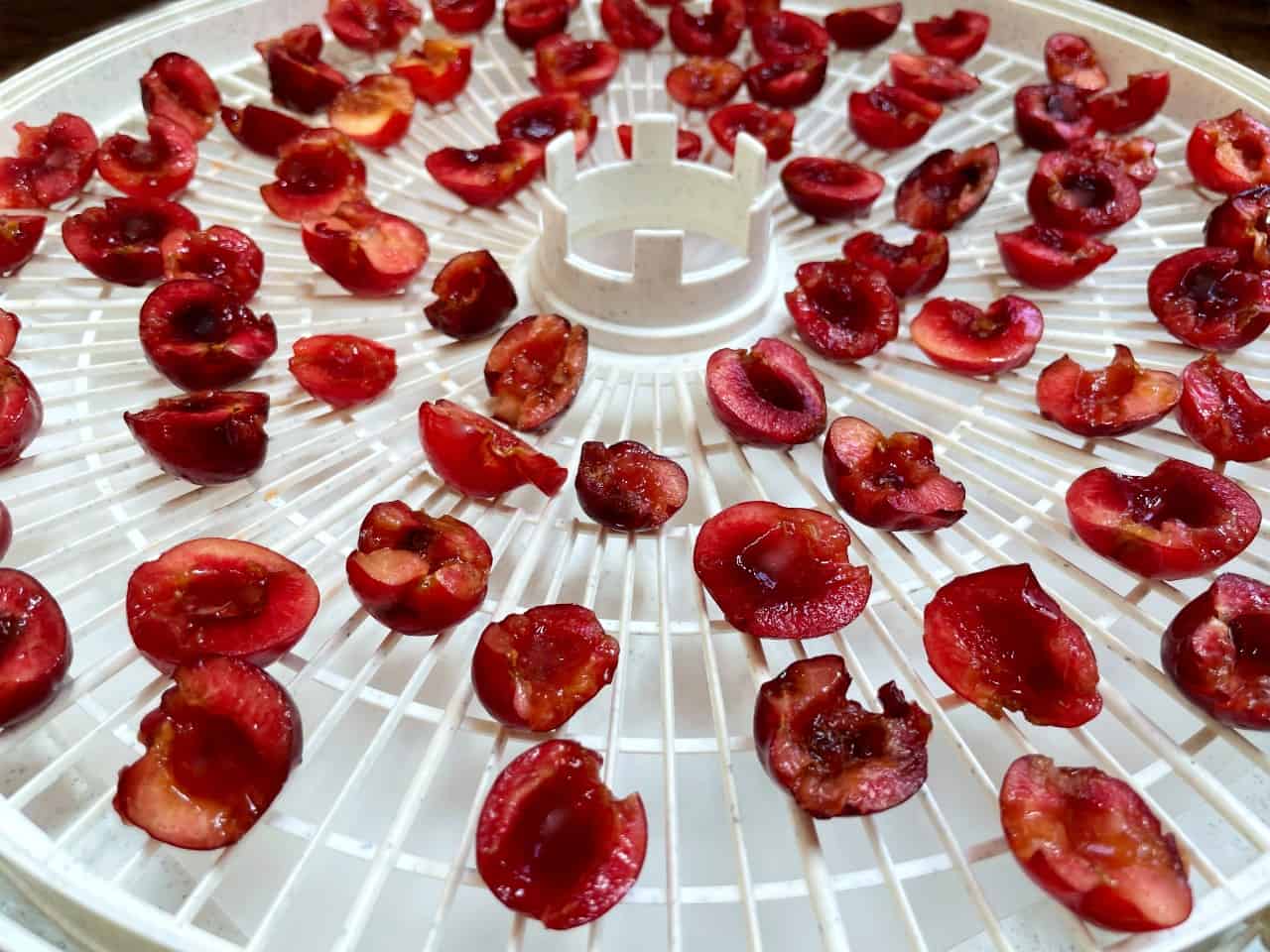
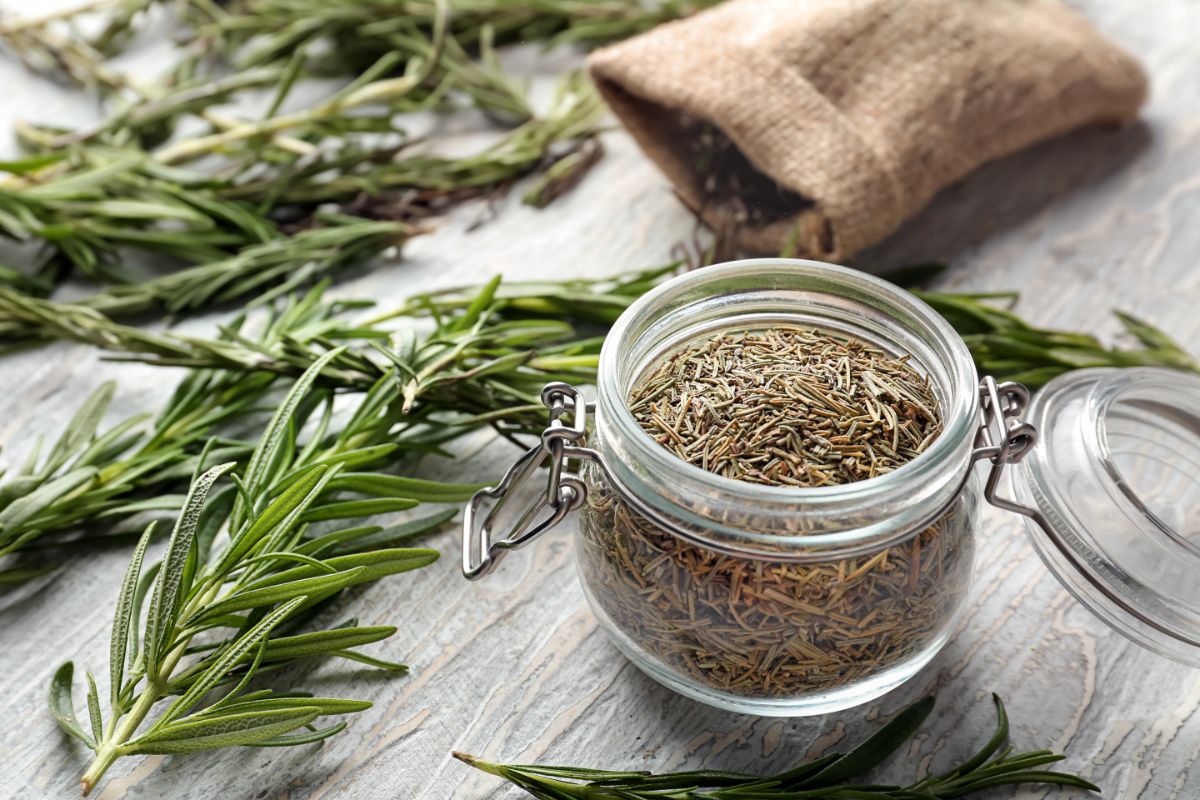
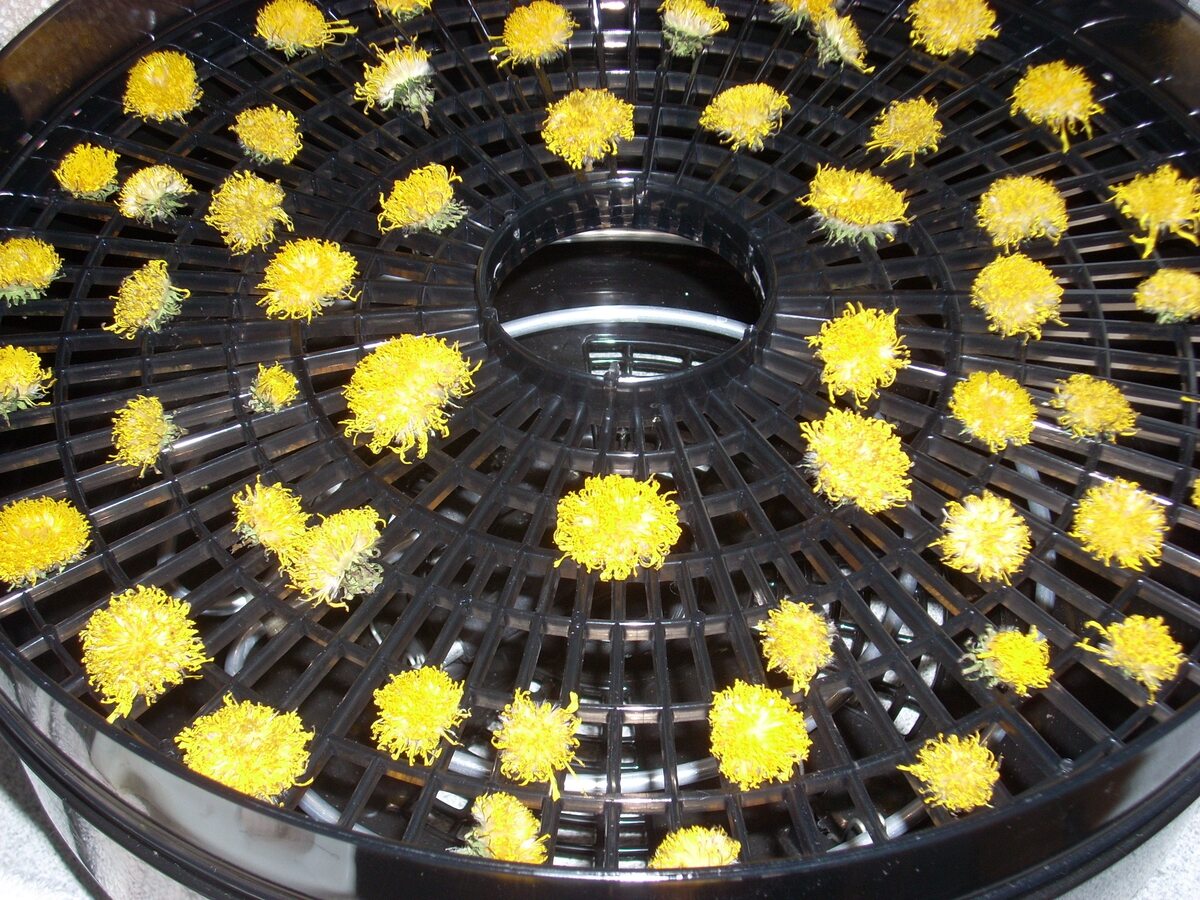
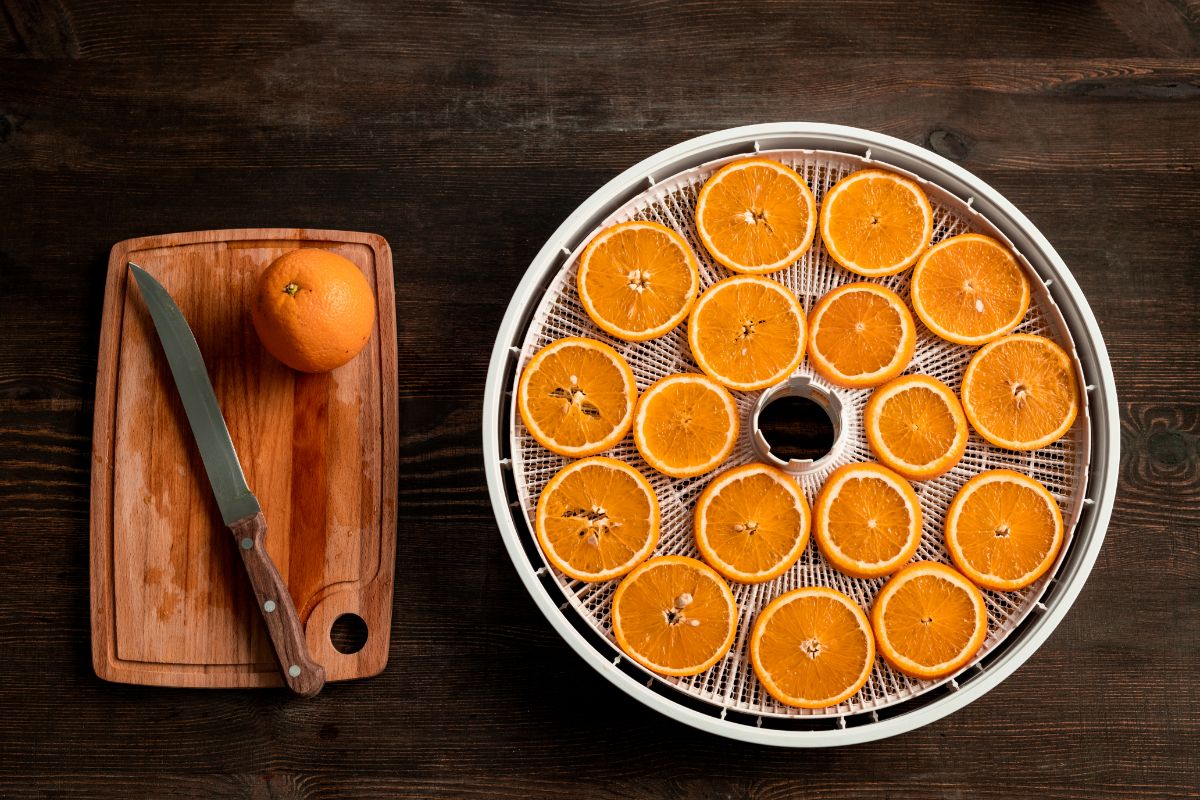
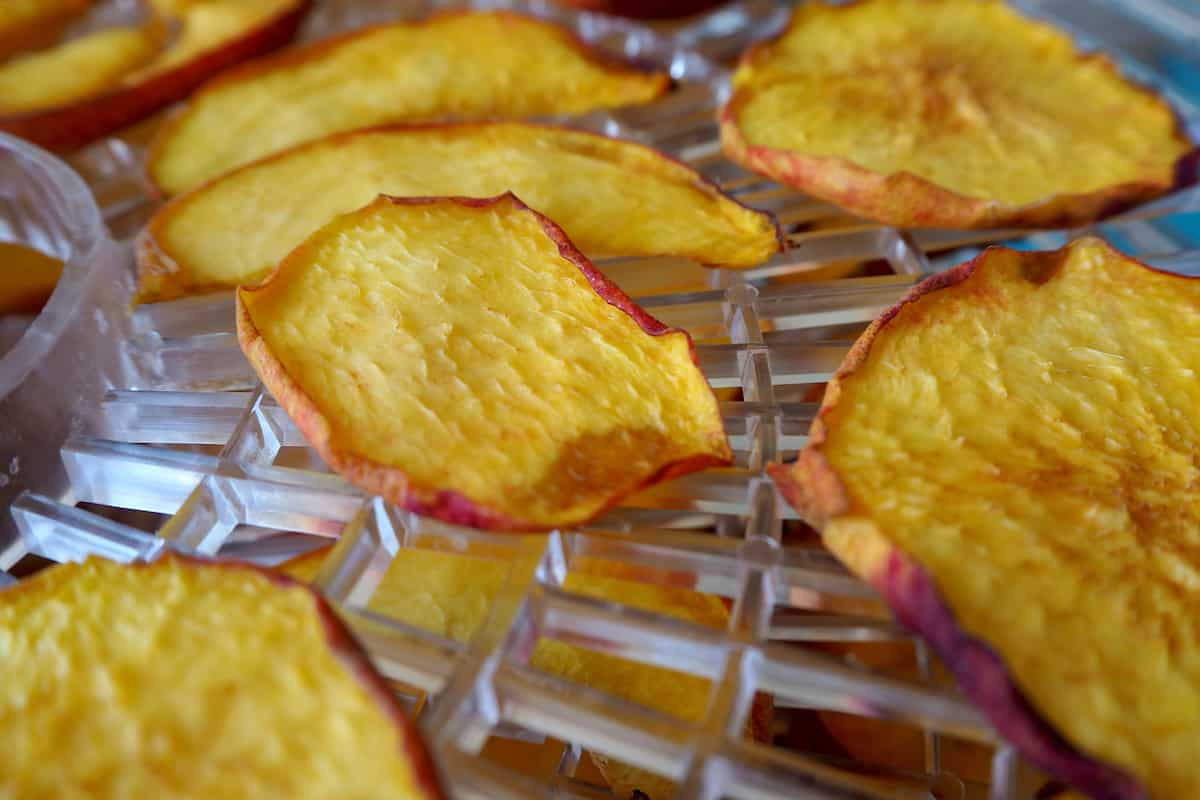
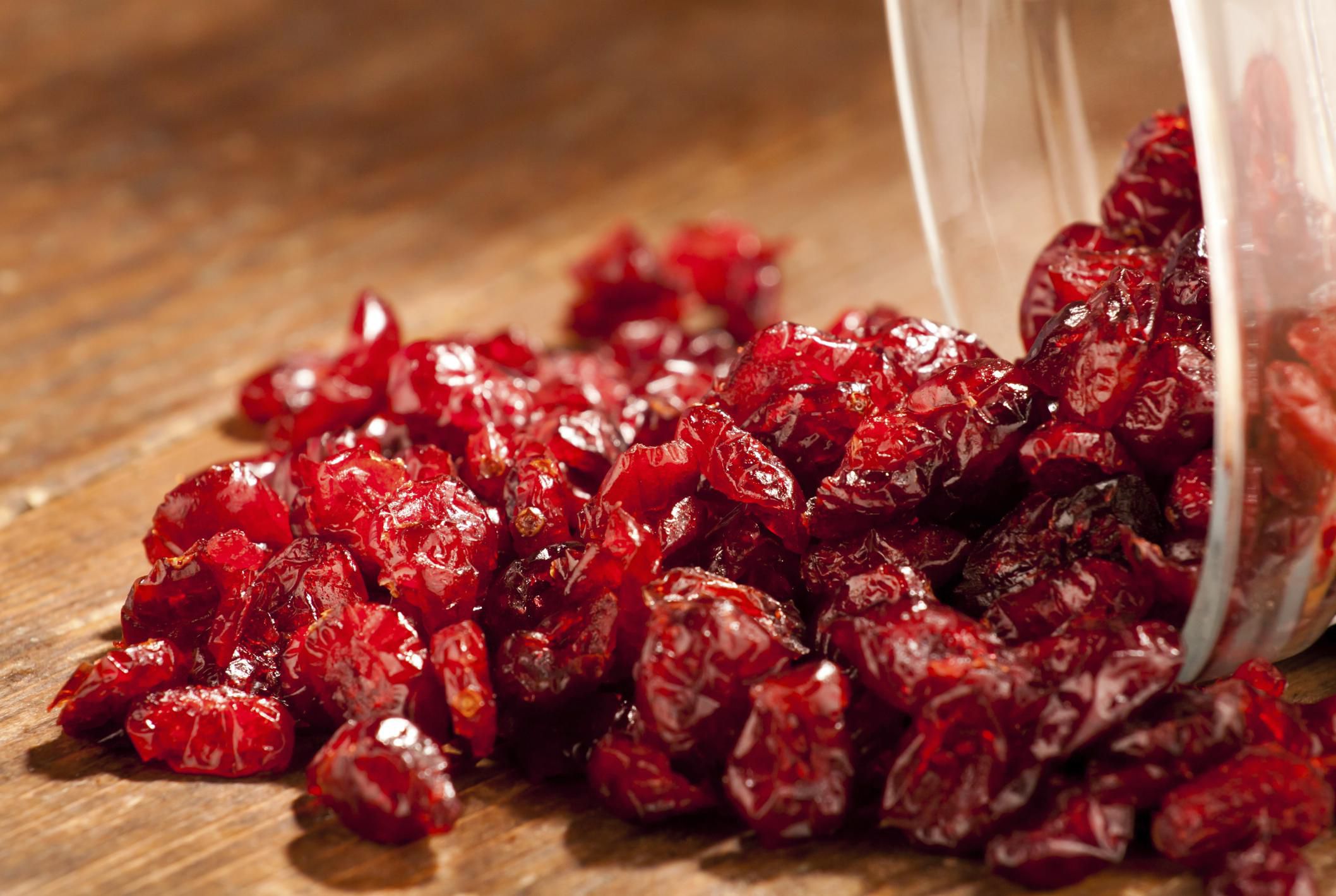
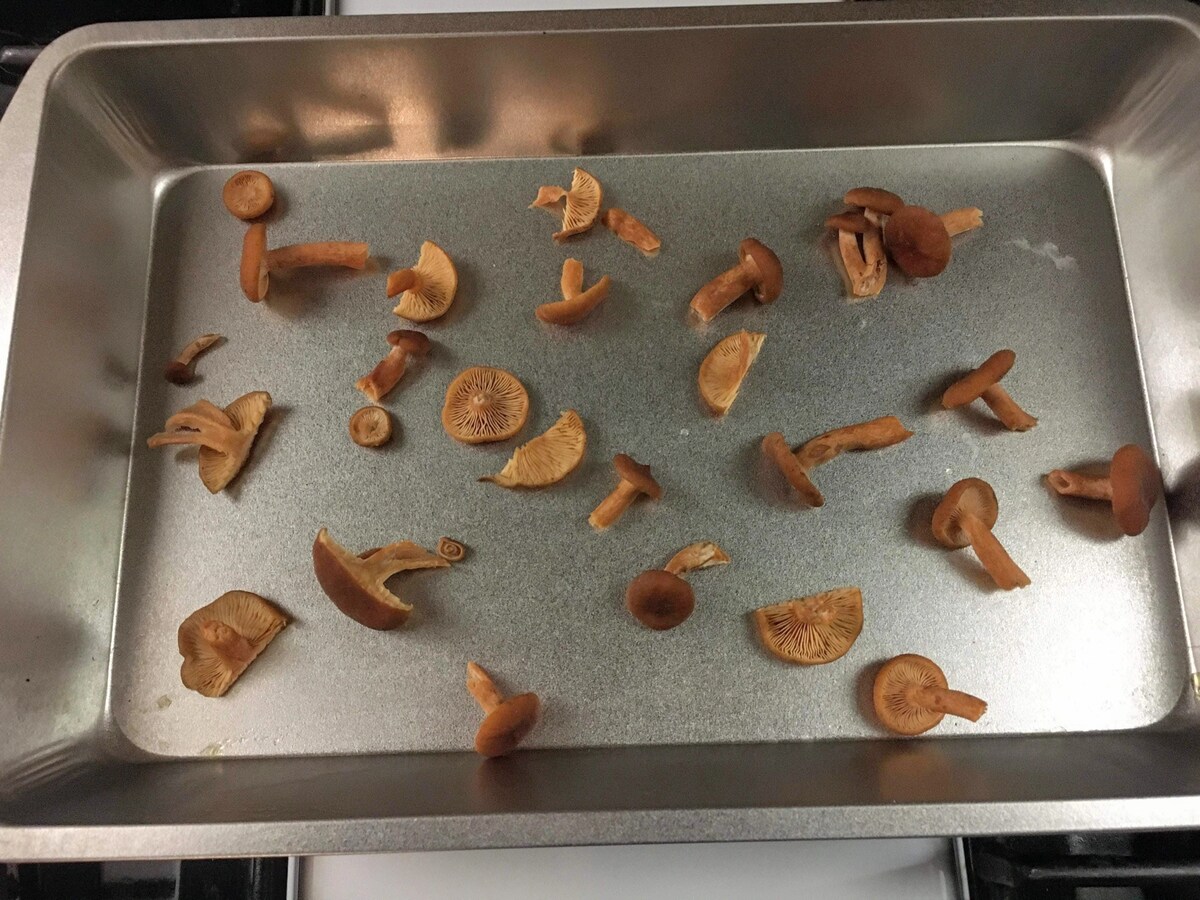
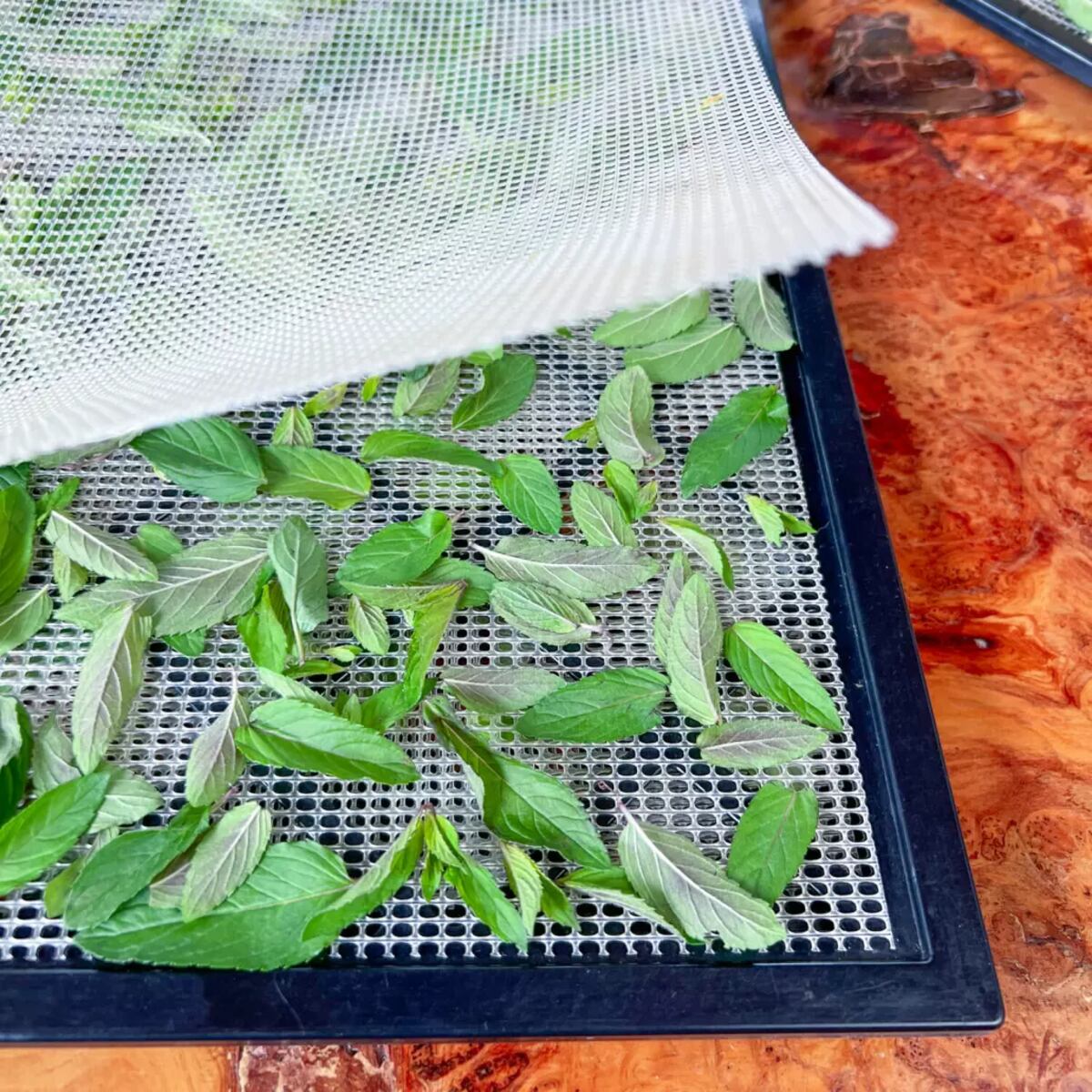
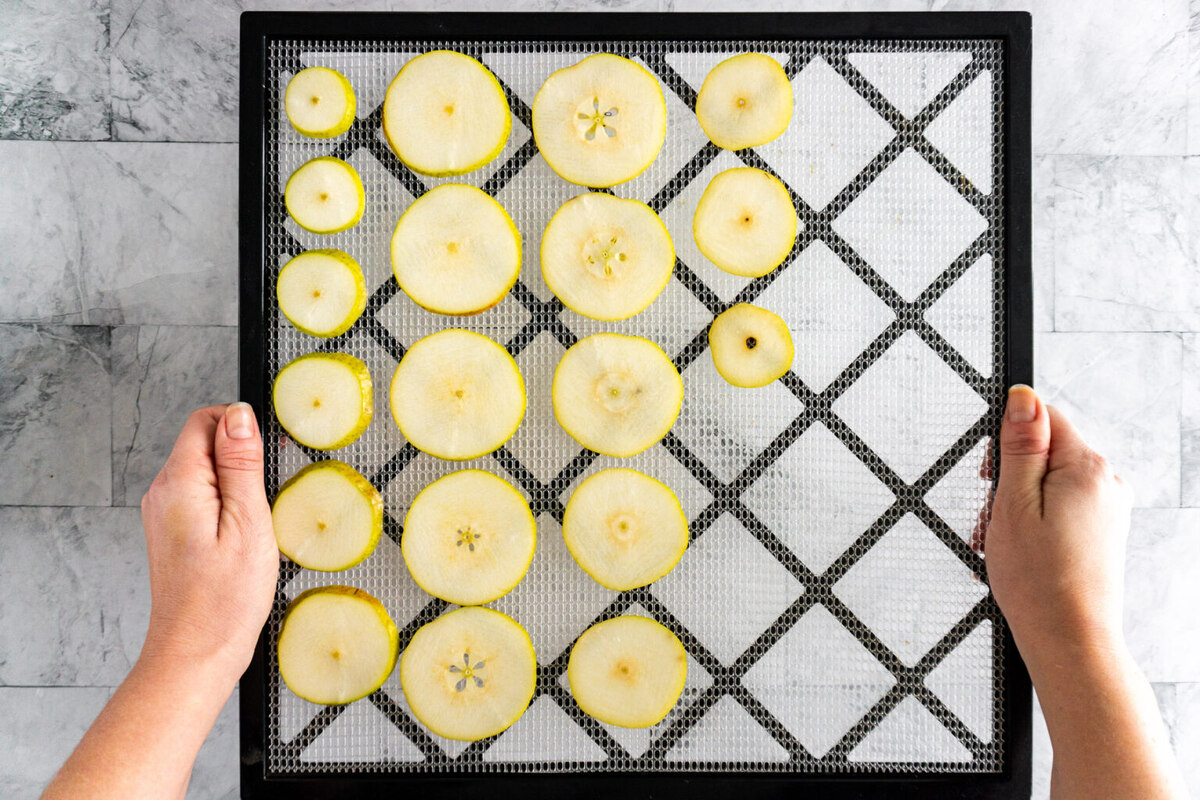
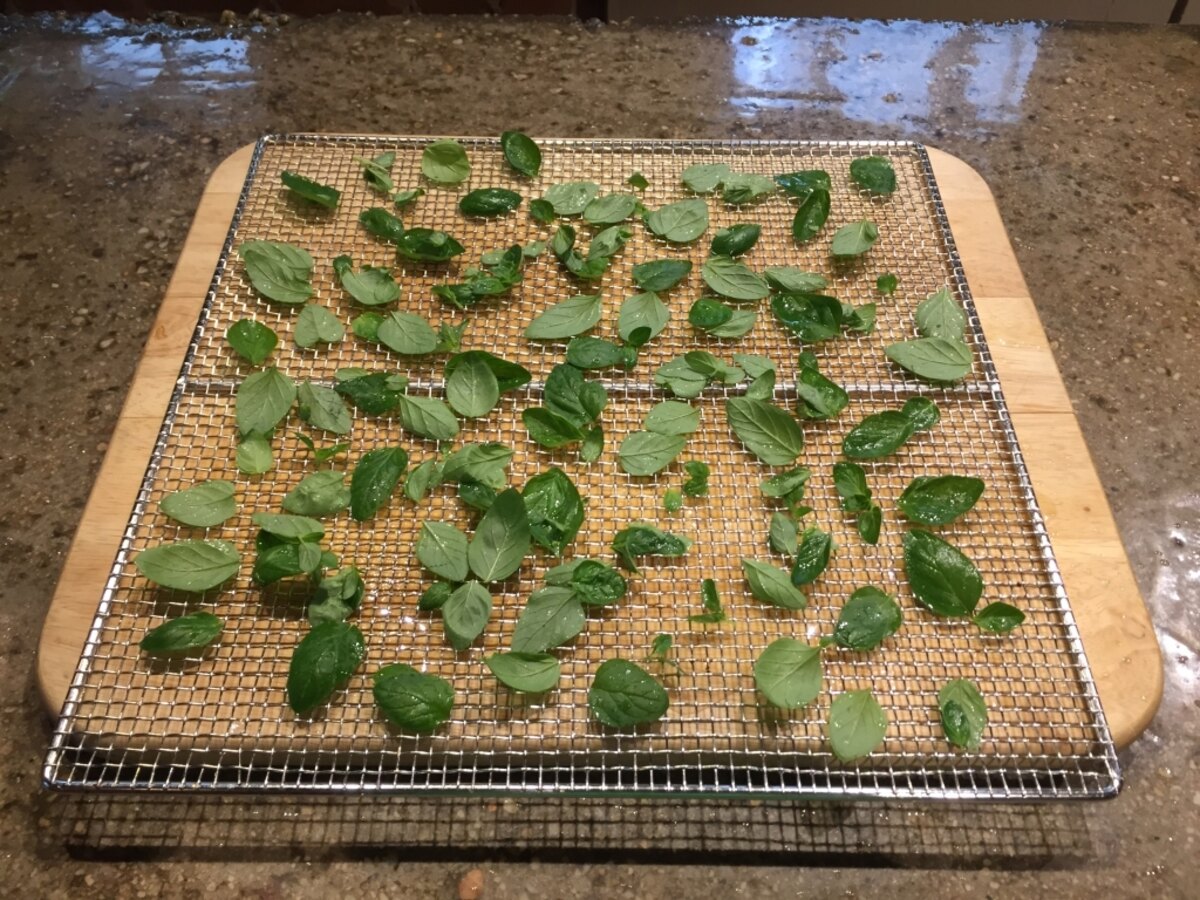
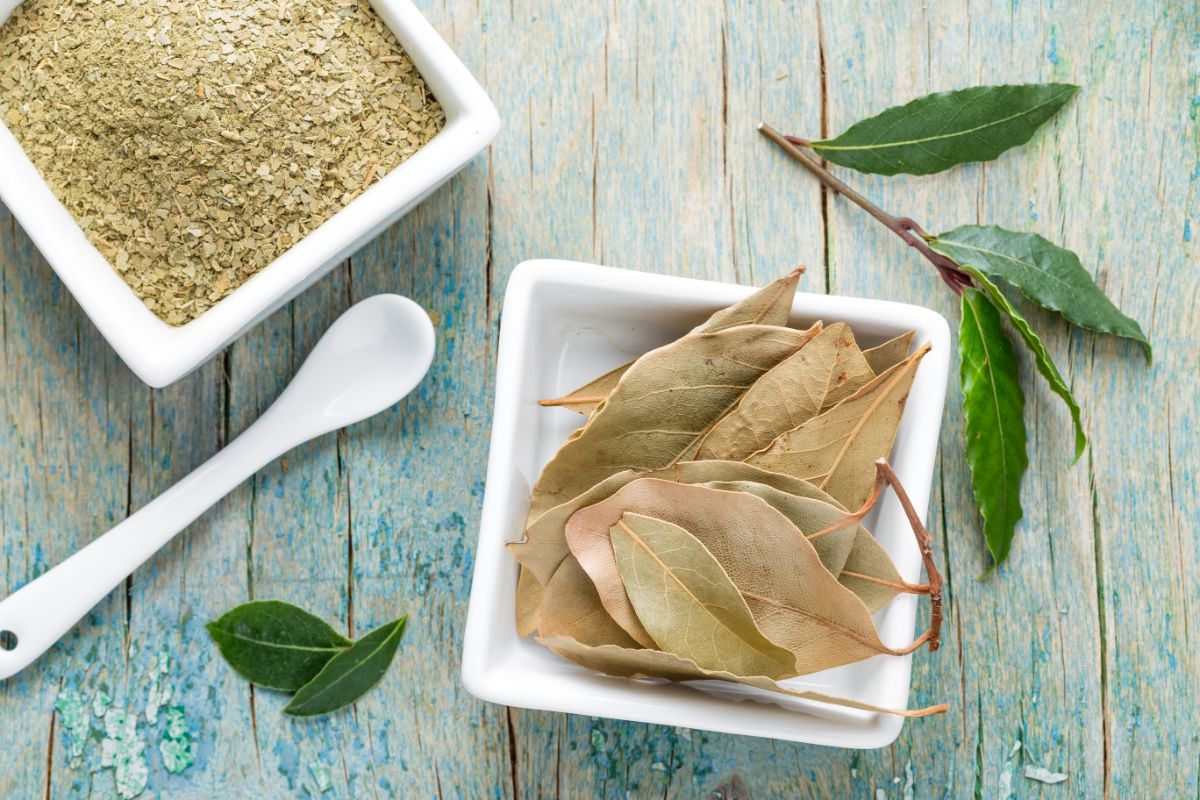
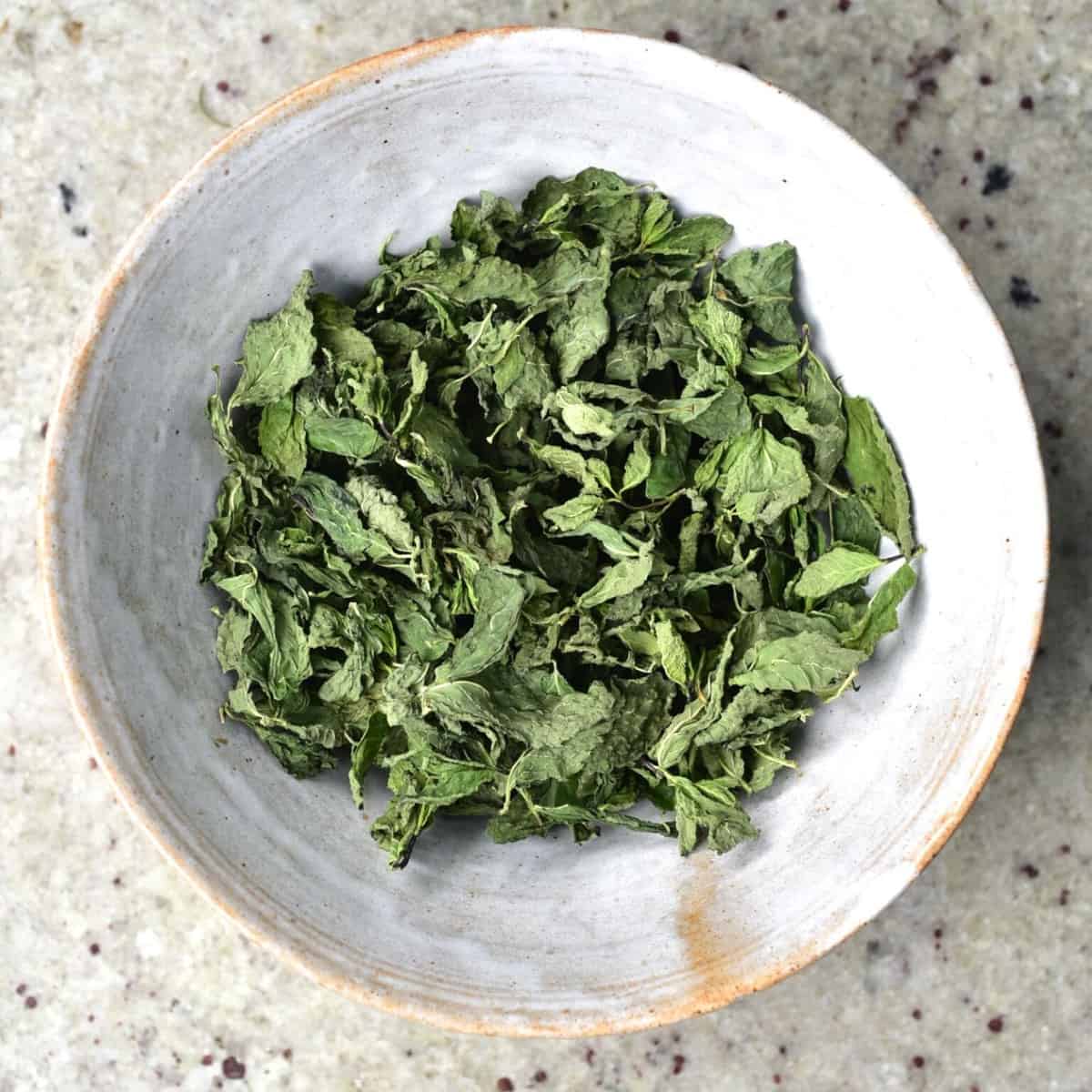
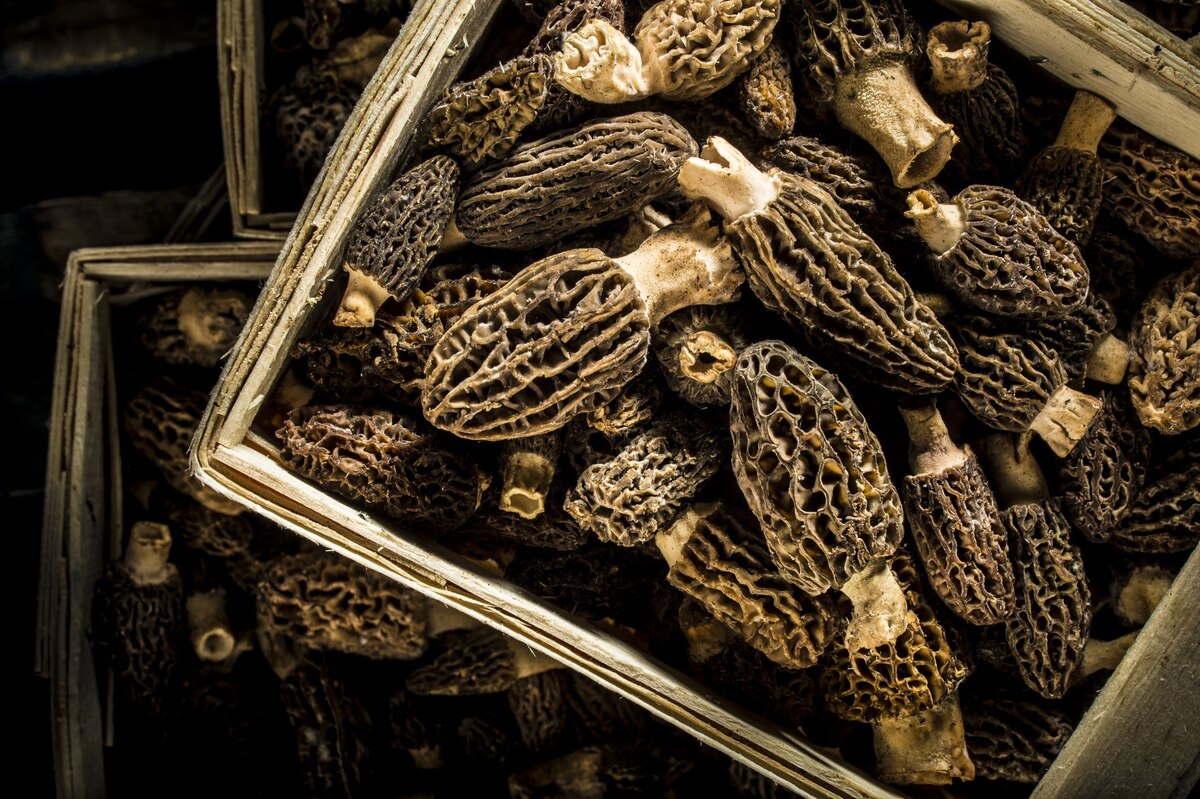
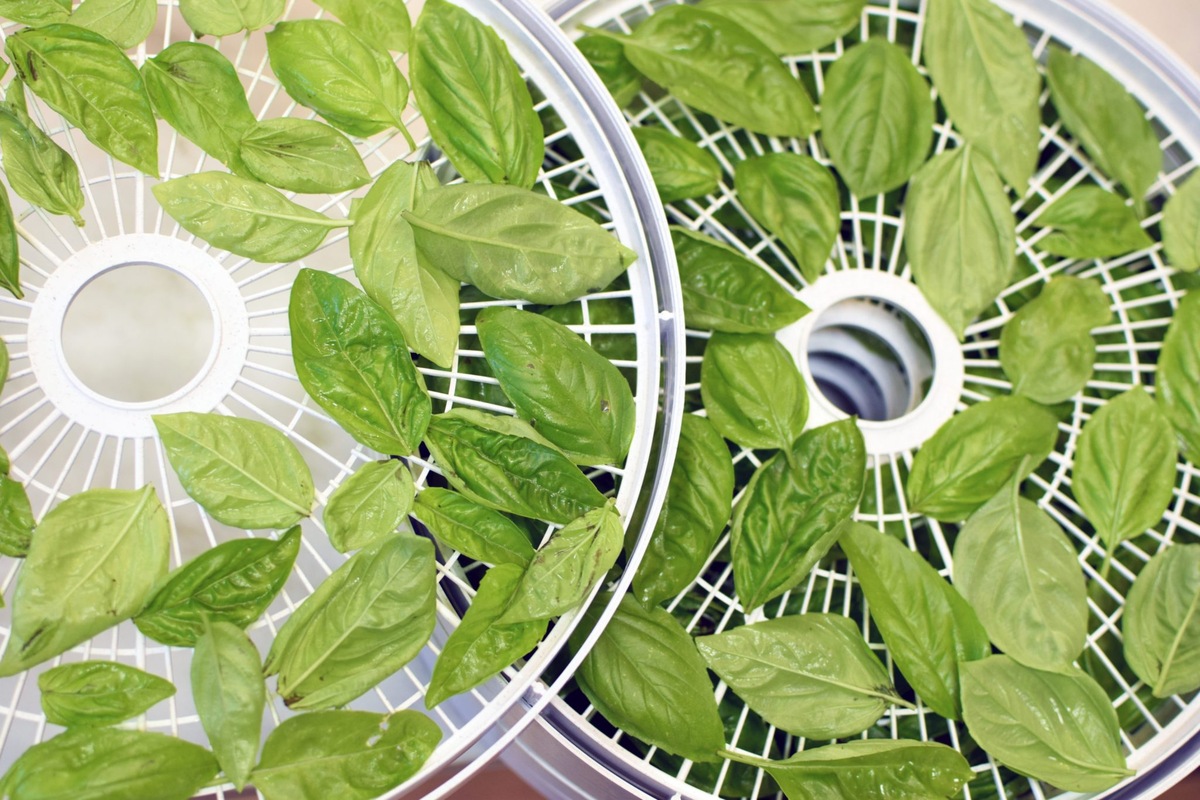

0 thoughts on “How To Dry Figs In A Dehydrator”